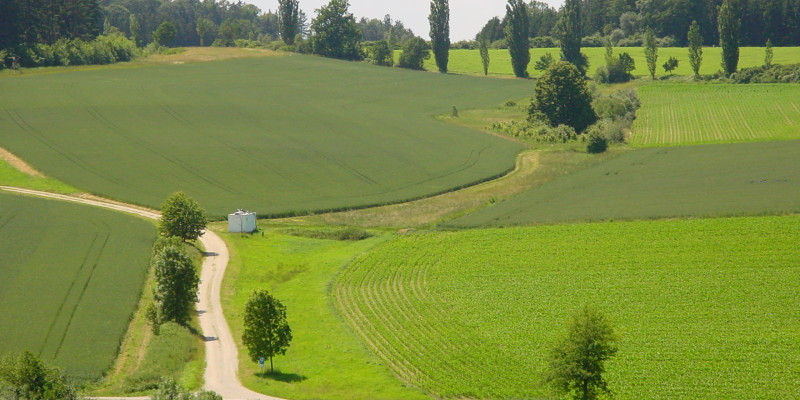Ecological focus areas (EFAs), such as fallows, sown wildflower strips and buffer strips, can stop biodiversity loss. In fact, when established alongside water bodies, they are an ideal possibility for protecting nature and the environment in the agricultural landscape. Such areas can be used for agriculture, but their ecological benefits should take priority. This means inter alia that there must be no pesticide or fertilizer applications whatsoever in EFAs.
This is what the Federal Agency for Nature Conservation, the Federal Environment Agency and the Agriculture Commission at the Federal Environment Agency say in their joint position paper on the national implementation of ecological focus areas in response to the reform of the Common Agricultural Policy (CAP). The reform aims not only at a fairer distribution of agricultural funds, but also at making the CAP “greener” in order to address the decline in biodiversity
The CAP reform outcome which requires holdings with more than 15 hectares of arable land to designate 5 percent of this land as ecological focus area starting from 2015 is insufficient from an ecological point of view. It must at least be ensured that this 5 percent EFAs meets the minimum ecological criteria described in the position paper.
 Click to enlarge
Click to enlarge
